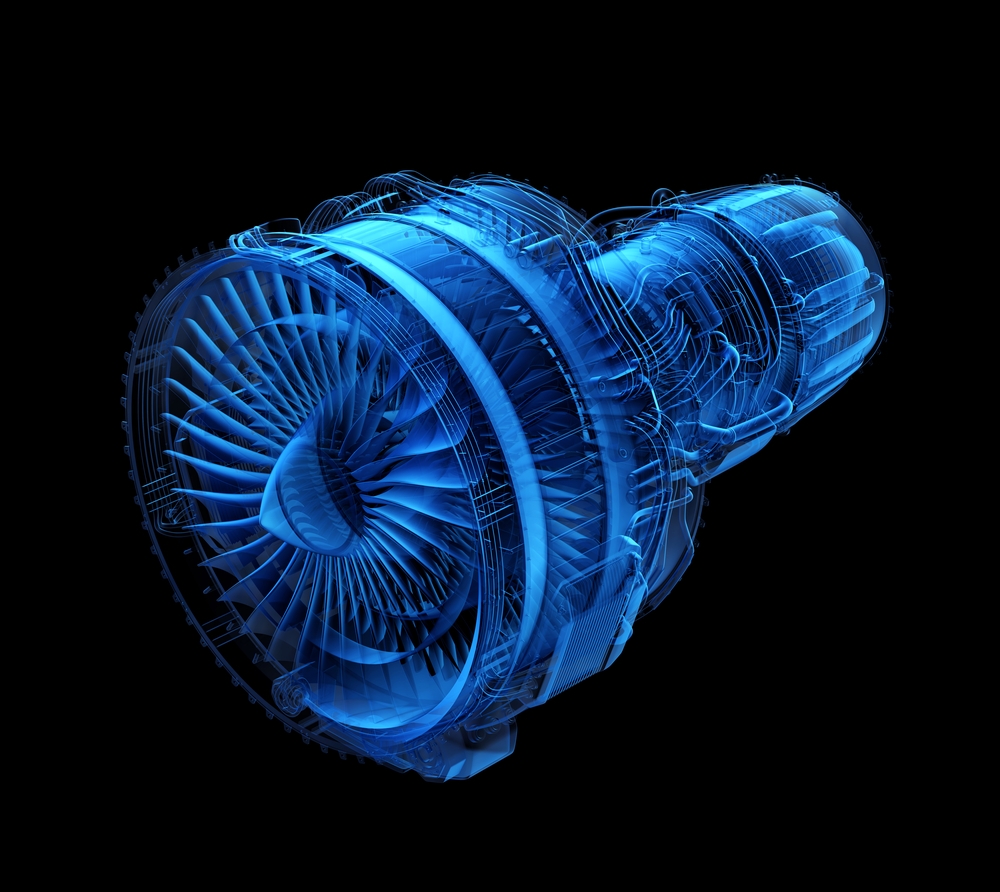- Home
- Nieuwsbrieven
- Key Defence Innovations of the last 100 years
Key Defence Innovations of the last 100 years
Posted on April 21, 2021
Continuing the theme of our 150th Anniversary celebration, Emily Teesdale focuses on the Defence Sector and the technological innovations it has created that have gone on to change all our lives.

There is no doubt that the defence sector is one in which innovation is thriving and where clever – and let’s face it, pretty cool – ideas arise. Furthermore, many of the ideas developed for defence applications now benefit everyone, having found numerous civilian applications.
This article takes a look at 5 key defence innovations of the last 100 years that are now used more widely.
1. Duct (or duck) tape
Back in the 1900s, the original tape was formed with a duck cloth backing (hence, why it was originally called duck tape) and was used to make shoes stronger and for wrapping cables to protect them from corrosion. Glue-backed or impregnated tapes were in use by the 1910s.
However, wide-spread adoption of duct tape came about when Vesta Stoudt, an ordnance-factory worker and Navy mother came up with idea of using water resistant fabric tape to seal ammunition boxes during WW2. She wrote to the president (Roosevelt) and Johnson & Johnson were put on the case. They came up with the idea of using a rubber-based adhesive with the duck cloth.
Bonus Fact: The term “duct tape” now applies to most tape made with cloth, generally in the silvery grey colour. Gaffer tape can be a duct tape (if made from cloth), but not all are. Instead, the term “gaffer tape” is used for tape designed to be non-reflective and cleanly removed (and so used by gaffers in theatres and on TV and movie sets).

Duct or Duck tape?
2. Digital Photography
This invention has to be one of my favourites – as an avid traveller and pet owner, I love being able to capture moments to look back on later. It is hard to believe it was only the 1990s when digital cameras first came out. I do not miss having to use photographic film (so expensive and always ran out at the wrong moment) and waiting while the photos were being developed!
The history of digital photography started back in the 1950s when the first electronic signals were saved to magnetic tape. In 1957, Russell Kirsch produced the first digital image; of his son, Walden. Various developments helped digital photography on its way including semi-conductor image sensors and digital image compression technology.
What is not generally well known is that the technology was developed for use in spy satellites. Before that, film canisters had to be recovered mid-air as they floated down in parachutes. With digital photography, images could be downloaded by encrypted radio links, which was much less tricky.

Say "Cheese"...
3. The Internet
Now, where would we be without the World Wide Web and email? It is hard to think of another invention that has changed life so dramatically in such a short space of time.
The internet first started in the 1960s with “packet switching” research commissioned by the US Department of Defense in order to enable time-sharing of computers. The 1980s saw the funding of the National Science Foundation and then the joining up of commercial networks in the 1990s started the transition to the modern internet. Tim Berners-Lee wrote the first web browser (the World Wide Web) and built a working web by the end of 1990. Very soon after, in 1991, the Commercial Internet Exchange was founded and in 1995, the internet was fully commercialised in the US.
The internet now forms part of almost every facet of modern life - with online shopping, video and TV streaming, email, digital newspapers, social media and blogs. As early as 2007, more than 97% of telecommunicated information was carried over the internet. According to YouTube, hundreds of millions of videos are watched and hundreds of thousands of videos are uploaded every day.
The internet is not without its downsides, however. Loneliness, social isolation, addiction, lack of exercise, interference with deep thinking, focus and patience, not being able to disconnect, cyberbullying, hacking, viruses and ID theft are all potential problems that we are still getting to grips with solving.

The internet makes us more connected than ever!
4. Satellite Navigation
Satnav systems use satellites to be able to know the position of the receiver. They do this through analysing the time signals sent over radio waves from the satellites.
The idea was originally used to deliver military weapons to targets precisely. The US Space Force’s Global Positioning System was the first system to be provided as a free global service. There are now other global navigation satellite systems (GNSS). Each of them uses around 18-30 medium earth orbit satellites, at an altitude of about 20,000 kilometres in order to achieve global coverage.
Portable satnav devices started to be very popular and were used for route planning. Increasingly, cars and smartphones are now provided with their own satnav functions. Today, we are very used to using satnav to not only plan our route but to adjust it in view of traffic updates from other users.
I only wish this technology had been more widely available sooner, as then I may not have missed my friend’s wedding back in 2004, after being stuck in traffic and then driving completely the wrong way when I eventually did get off the motorway!

Getting lost is a little less common now...
5. Jet Engine
As an aeronautical engineer, I could not possibly omit the jet engine from this list.
Prior to WW2, engineers had started to realise that propeller engines were reaching their limit. This was because as propellers rotated faster, the propeller tips approached the speed of sound, which led to a reduction in propeller efficiency.
In 1928, Frank Whittle, then cadet at RAF college Cranwell, submitted his idea for a turbojet and in 1930 applied for his first patent (which was granted in 1932). The government had little interest in his ideas at the time. However, Frank set up Power Jets Ltd and his company provided turbojet engines to power the Gloster Meteor; the first British jet fighter and the only Allies’ jet aircraft to take part in combat operations during WW2.
Only a few years later, the jet engine was almost universally used in combat aircraft and some British designs had even been cleared for civilian use (like for the de Havilland Comet). A decade after that, in the 1960s, most large civilian aircraft were jet powered. In the 1970s, high-bypass turbofan jet engines were developed, which increased the fuel efficiency of the jet engine to that of piston and propeller engines. Engines are constantly being developed to be more fuel efficient, quieter and produce fewer emissions. There is increasing use of composite and other innovative materials within the engines, new manufacturing techniques and compatibility with Sustainable Aviation Fuels. Airbus recently revealed three concepts for the worlds’ first zero-emission commercial aircraft, which could enter into service by 2035. One of these will use a modified gas turbine engine running on hydrogen as the primary power source.

Rocket engines generally are simpler than jet engines, not more complicated. - Henry Spencer
From working with defence companies to civilian companies creating world-changing ideas, for 150 years Abel + Imray has been at the forefront of innovation. Check out our 150th Anniversary site, celebrating more inventions that changed our world here.
If you would like to discuss how we can help you with your innovation, please get in touch with your usual Abel + Imray contact, otherwise, please contact Emily Teesdale directly.
